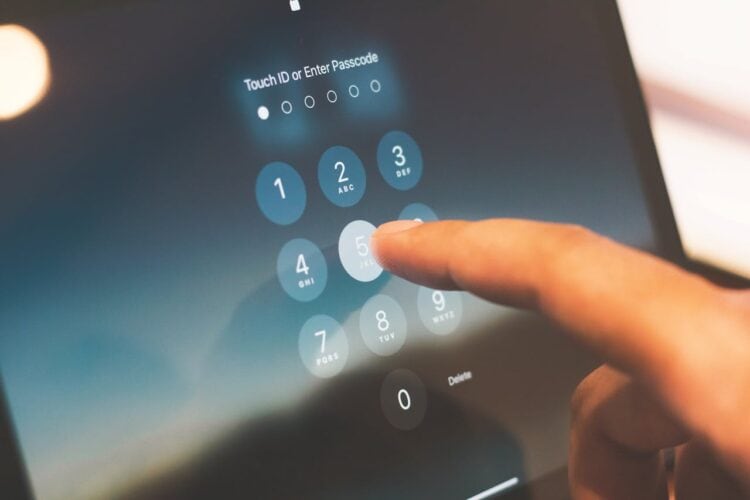A new study examining over 19 billion exposed passwords has uncovered a troubling trend: a widespread crisis of weak password reuse. With 94% of passwords being reused or duplicated, the findings from Cybernews highlight a significant vulnerability in digital security practices globally.
The data, which includes leaks from high-profile incidents such as the Snowflake breaches and SOCRadar.io leak, reveals that lazy password patterns, including “123456” and “password,” continue to dominate.
These predictable choices make users highly susceptible to cyberattacks, particularly dictionary attacks. Only 6% of the analysed passwords were unique, leaving the vast majority of users exposed.
Popular password trends
The study found that 42% of individuals opted for passwords consisting of 8 to 10 characters, with eight-character passwords being the most frequently used. Almost a third of the analysed passwords were composed solely of lowercase letters and digits, significantly raising the risk of brute-force attacks.
Names also play a notable role in password creation, with "Ana" emerging as one of the most common components. This trend reflects a broader pattern where users often include easily memorable terms, including names and positive associations, in their passwords. However, this practice compromises security, as popularity leads to predictability, making these passwords easy targets for attackers.
The threat landscape
Cybercriminals are increasingly exploiting weak password hygiene, with credential stuffing attacks becoming more prevalent. These attacks have a success rate of between 0.2% and 2.0%, which, while seemingly low, can lead to thousands of compromised accounts when millions of credentials are tested.
The risk is particularly acute in sectors reliant on sensitive customer data, such as banking and e-commerce, where the impact of a breach can be devastating.
The study also noted a concerning trend in the use of profanity and offensive words in passwords. While these might seem unique, they are common in practice, further emphasizing the need for better password practices.
A path forward
Despite years of awareness efforts promoting stronger password security, there has been little progress. The study highlights the urgent need for organisations to encourage the adoption of more secure authentication methods. Two-factor authentication (2FA) remains a critical line of defence; however, it is often not enabled by default.
As the digital landscape continues to evolve, the responsibility lies with both users and organisations to adopt improved password hygiene. This includes implementing stricter password policies, encouraging longer and more complex passwords, and educating users on the risks associated with weak password practices.
The statistics from this study serve as a stark reminder that the fight against cyber threats begins with strong, unique passwords. Without proactive measures, the ongoing crisis of weak password reuse will continue to pose significant risks to individuals and businesses alike.



